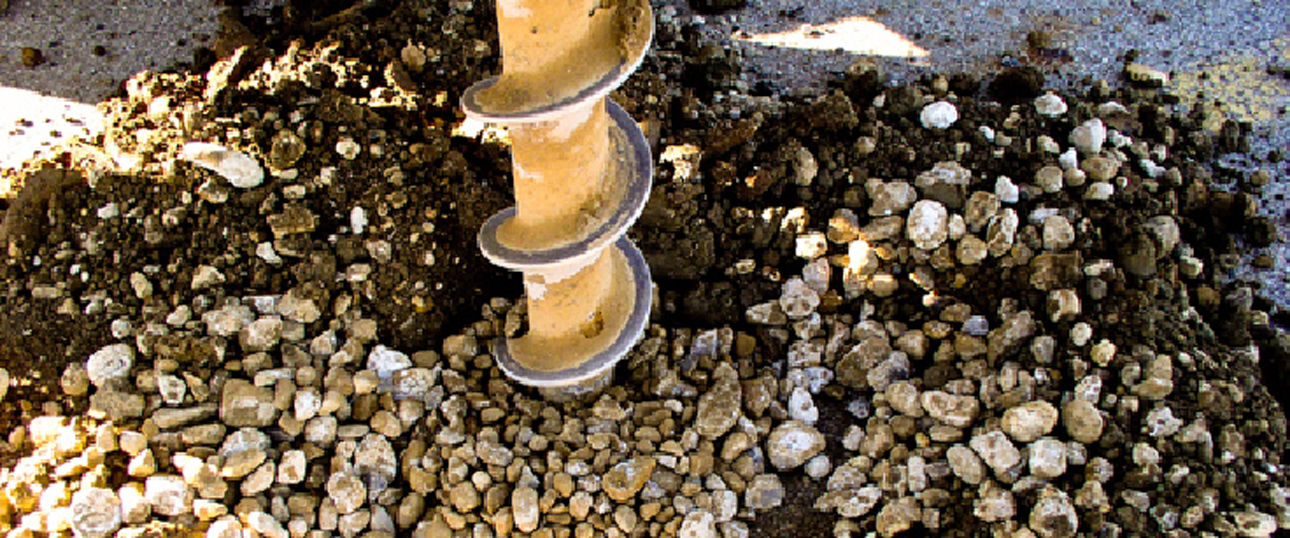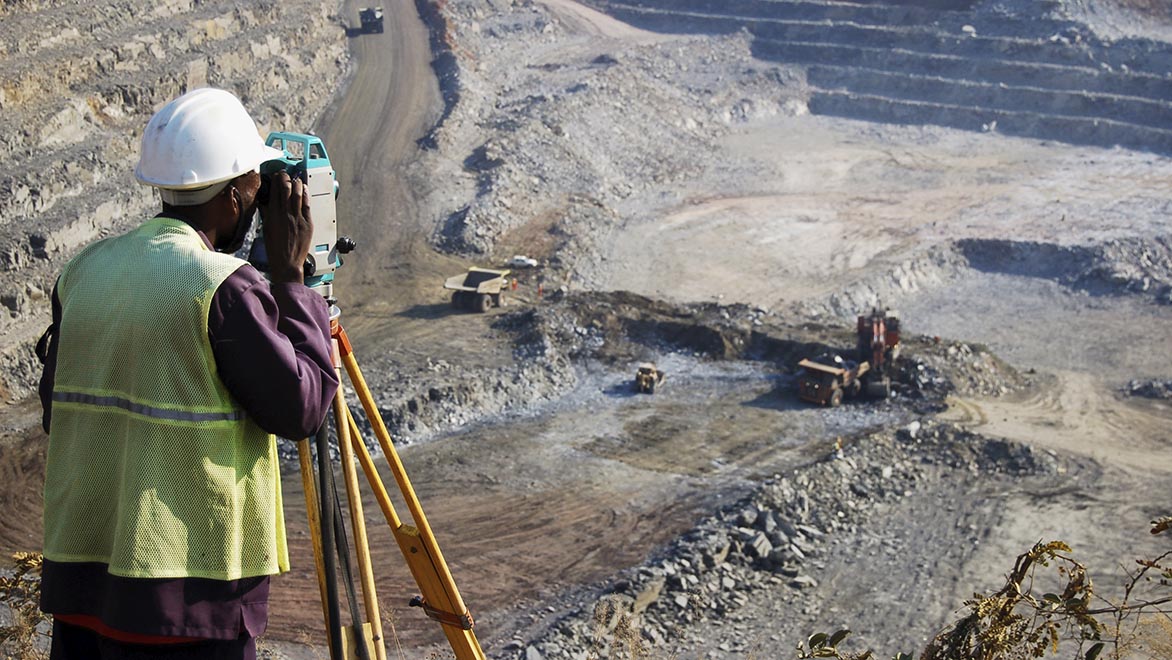How a Geotechnical Specialist Can Ensure the Success of Your Structure Foundations
How a Geotechnical Specialist Can Ensure the Success of Your Structure Foundations
Blog Article
A Comprehensive Introduction of Geotechnical Engineering Techniques and Their Influence On Modern Civil Engineering Projects
Geotechnical design serves as the backbone of modern-day civil engineering, supplying necessary techniques that resolve the intricacies of subsurface problems. The interplay of dirt evaluation, foundation style, and ingenious innovations forms the integrity and sustainability of framework tasks. As we check out these approaches, it becomes clear just how critical they remain in mitigating possible threats connected with building and construction. However, the ramifications of these methods extend past plain safety and security; they likewise affect project effectiveness and environmental considerations, elevating essential questions regarding future developments in the field. What continues to be to be revealed is the transformative capacity of these innovations on city development.
Significance of Geotechnical Engineering
Geotechnical design works as a vital structure for civil engineering jobs, influencing the security and security of structures. This discipline focuses on the behavior of soil and rock materials, giving crucial understandings that assist the layout and building procedures. By understanding the communication in between the planet and crafted structures, geotechnical designers can examine risks connected with ground conditions, such as negotiation, slope security, and liquefaction.
The value of geotechnical design expands beyond mere structural stability; it plays a crucial duty in environmental management and sustainability. Appropriately carried out geotechnical analyses make sure that tasks minimize their environmental impact and follow regulative requirements (about geotechnical engineering). Geotechnical design is important in site selection, allowing designers to recognize suitable areas for building that reduce potential hazards.
In enhancement, geotechnical engineering promotes advancement in civil design by progressing methods for ground improvement, foundation design, and excavation. The technique's payments are vital in addressing challenges postured by differing dirt conditions, thus facilitating risk-free and efficient infrastructure advancement. Generally, the importance of geotechnical design is critical in making sure that civil engineering projects are not only viable however likewise durable versus natural and synthetic adversities.
Trick Techniques in Geotechnical Engineering

An additional vital method is dirt stabilization, which includes changing soil properties to boost load-bearing capability or minimize negotiation. Techniques such as adding concrete, lime, or using geosynthetics are typically used to achieve soil improvement.
Ground renovation strategies, consisting of dynamic compaction and vibro-replacement, are additionally crucial. These methods aim to densify loosened or soft soils, enhancing their strength and lowering liquefaction potential in seismic areas.
Keeping frameworks, such as sheet heaps and dirt nailing, are used to support excavations and prevent soil activity. In addition, incline stablizing strategies, consisting of drainage systems and preserving walls, are crucial for alleviating landslide risks.

Dirt Analysis and Examining Methods
Efficient dirt evaluation and testing methods are crucial for understanding the physical and chemical buildings of soil, which straight affect engineering choices. A thorough assessment of dirt features is important for anticipating behavior under numerous loading conditions and environmental influences.
Typical soil screening methods consist of both field and lab strategies. Field examinations, such as the Standard Infiltration Examination (SPT) and Cone Penetration Examination (CPT), offer prompt insights right into dirt toughness, thickness, and stratification. These tests assist designers assess website conditions successfully before even more comprehensive laboratory evaluations.
Research laboratory testing techniques, such as Atterberg limitations, grain size circulation, and compaction tests, are vital for figuring out dirt plasticity, dampness content, and optimal compaction levels. In addition, progressed methods like triaxial tests and consolidated undrained (CU) tests supply useful information on shear toughness and efficient stress and anxiety specifications - geotechnical specialist.
Chemical screening, consisting of pH, electrical conductivity, and organic web content evaluation, is additionally crucial for comprehending potential dirt contamination and its influence on building and construction materials. Collectively, these dirt evaluation and screening techniques develop the foundation of notified decision-making in geotechnical engineering, guaranteeing the safety and security and security of modern-day civil engineering projects.
Foundation Design Approaches
Structure layout techniques are critical in guaranteeing the stability and durability of frameworks. These methods can be classified into deep and shallow foundations, each suited to details dirt problems and loading situations. Superficial foundations, such as spread footings and mat foundations, are usually used when surface soils have sufficient bearing capability. They distribute the tons over a larger area, minimizing settlement dangers.
On the other hand, deep structures, consisting of stacks and drilled shafts, are used when surface area soils are poor or weak for sustaining the structure. These foundations transfer lots to much deeper, extra secure dirt or rock layers, making them important for skyscrapers and bridges in challenging geotechnical problems.
Selecting the ideal structure style entails detailed geotechnical examinations, visit the website including dirt structure, bearing ability, and groundwater problems. Designers should consider elements such as settlement, side tons, and potential seismic activity to make sure the structure's efficiency over time.
Eventually, a well-executed foundation style is a crucial facet of civil design, directly affecting the safety and security, resilience, and performance of structures. geotechnical specialist. By straightening foundation kinds with site-specific conditions, designers can properly reduce dangers related to structure failing
Innovations Shaping Civil Engineering

Lasting materials, such as high-performance concrete and recycled aggregates, are likewise getting grip, advertising environmentally friendly techniques while keeping structural integrity. Additionally, advanced geotechnical methods, such as ground enhancement and deep blending techniques, are boosting the stability of structures in tough soil problems.
Additionally, making use of drones and remote sensing technology is enhancing website keeping track of and surveying, providing real-time data that help in managing construction progress and safety and security. The execution of cutting-edge building techniques, such as prefabricated and modular building and construction, even more accelerates project timelines and minimizes waste. Collectively, these technologies are not only changing civil design practices but additionally making sure that modern framework satisfies the demands important source of a growing international populace while addressing ecological concerns.
Conclusion
Finally, geotechnical design strategies are essential to the success of modern civil engineering tasks. The application of website examination, soil stabilization, and ground renovation methods makes sure the safety and stability of framework. Technologies such as Structure Information Modeling (BIM) and progressed monitoring technologies better improve task efficiency and accuracy. By employing these strategies, engineers can reduce threats and contribute to the advancement of durable city environments, ultimately promoting sustainable development and safety in civil design techniques.
Geotechnical design serves as the backbone of contemporary civil design, giving essential strategies that attend to the intricacies of subsurface problems.Geotechnical design offers as an essential structure for civil engineering tasks, affecting the safety and security and stability of frameworks.In enhancement, geotechnical engineering cultivates development in civil engineering by advancing strategies for ground renovation, foundation style, and excavation. Generally, the value of geotechnical design is extremely important in making sure that civil engineering jobs are not only possible yet likewise durable against man-made and all-natural difficulties.
In verdict, geotechnical design strategies are important to the success of modern-day civil design tasks.
Report this page